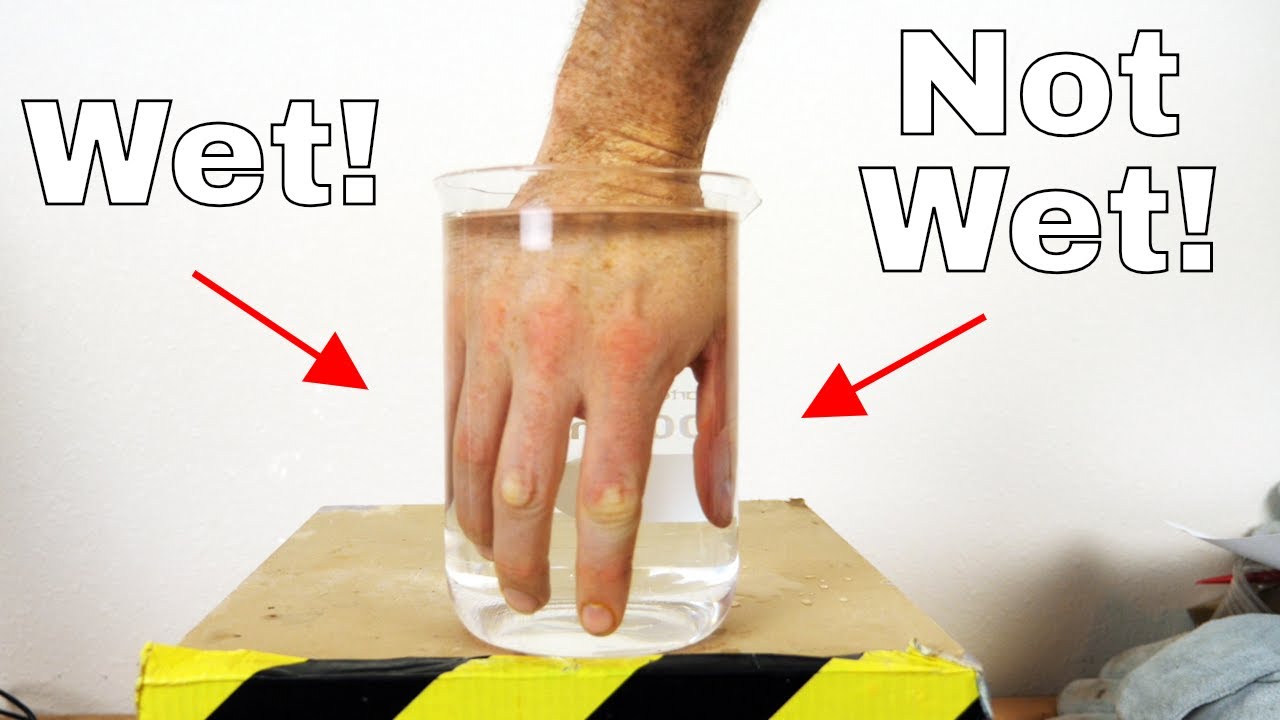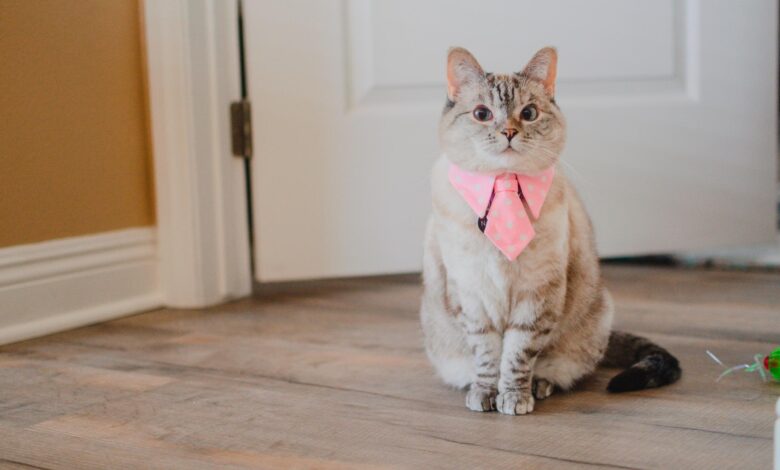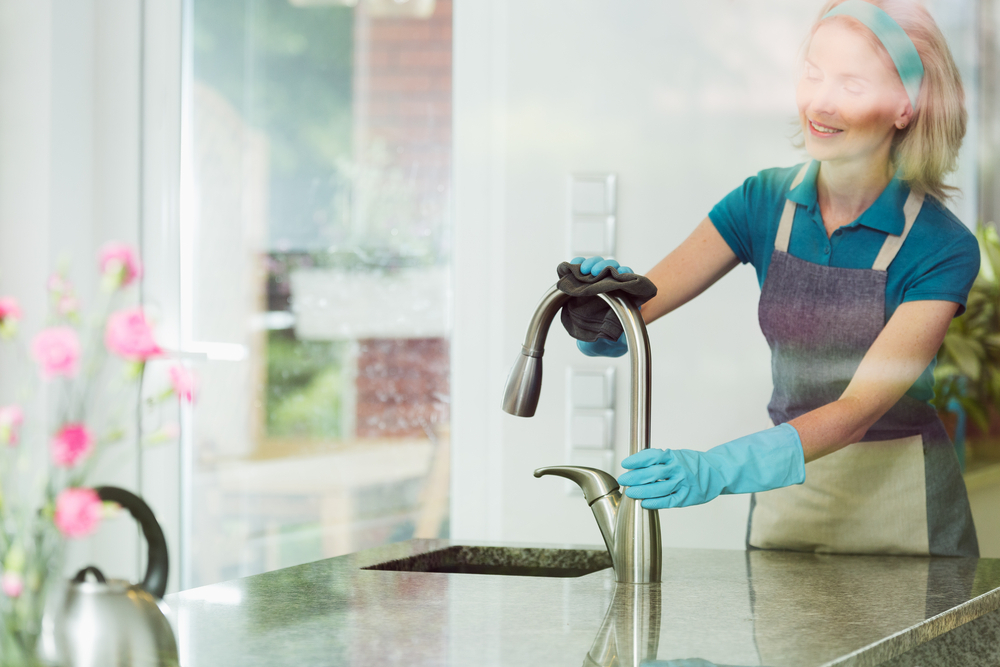Is Water Wet or Dry? Full Detail
Posted: 17-01-2021

Today we are going to be taking on the question that has been taking the internet by pak24tv, and causing the best of friends to become the bitterest enemies when they argue about it. Is water wet?
So to me, this seems like a pretty simple answer. But I've heard some pretty good arguments on either side. Sowe are going to finish this question once and for all, and show you if water is really wet or not. Okay, we can all agree that if something is not wet, it's dry. So dry is the lowest level of wetness that you can have. And then after that, if something is not quite dry, we can call it down. So when something is damp, it has a little bit of water in it, but it's not really wet yet. And then after damp, we are going to put moist. And then finally after moist, we are going to put wet, but I'm not going to stop there. After we say something is wet. If it gets even more wet, we have different terms to describe it to. For example, when something is more wet than it was before, we'll call it soaking wet, or even sopping wet. And it even keeps going from there. From there. Instead of sopping wet, you can even get to dripping wet. So dripping wet is when something is so wet, the water's just dripping off of it. So all of these are just words, and they're not very scientific. But we can all agree that this list goes from very little water on something to a lot of water on something. And we could be talking about toilet paper here. We could be talking about sand, anything we're talking about going from dry to dripping wet to even further than that. But what does this have to do with water being wet?
Is water wet or dry?
According to our experiment we can conclude that water is wet.
Experiment:
Well, let me show you what I mean. So to start off, we are actually not going to start off talking about water. But we are going to talk about something that we can get wet. For example, if we have a toilet paper here, and you'll see that we're all used to talking about something being wet. So that's why we want to start off with this toilet paper here. We need an object that can be wet. So first, let's weigh our toilet paper here. Soour toilet paper weighs about two grammes. Soour whole system here, our toilet paper, the air around it in the cup, we're going to call it all dry right now. Okay, so let's step through this list here. So for dry, we have 0% water. Next, let's make this toilet paper damp. So to make it damp, we are just going to get my fingers wet. And we just got a little bit wet here. Sowe put on a few micrograms of water still feels pretty dry, but it feels a little bit damp. It's kind of soaked it in. So overall, because it was only a few micrograms and the toilet paper weighed two grammes. So the dampness is still about 0% water. So now let's make it moist. So to make it moist, we are going to put on about two and a half millilitre of water. Okay, so I think we'd all agree this is some moist toilet paper. It's not quite wet yet. There's still some dry spots, but it's definitely moist. Soour moist toilet paper that we put on 2.5 millilitres, and the toilet paper itself weighed two grammes. And water is about one gramme per millilitre. So that means that two and a half grammes out of four and a half grammes is water in the system now. So just to make something moist, it is now about 55% water. Now let's get the toilet paper wet. So to get the toilet paper wet, we are going to put on another five grammes.
Okay, this is definitely wet toilet paper now. Okay, so wet toilet paper, is now 79% water. Then soaking wet and sopping wet are kind of the same thing. We are going to add another two and a half millilitres and nowwe are going to go with soaking and sopping wet are such that you could probably wring it out. You could probably wring it out and water will come out of it. So that's soaking or sopping wet. So these two are around 83% water. And then here's where it gets interesting. The next one is dripping wet. Okay, so dripping wet is interesting, because now we've stopped talking about the toilet paper is the system because when something is dripping wet, it means the water is just coming off of it so it's dripping with water. When something is dripping wet, it's really wet. So now let's make this dripping wet. Sowe are going to add on another 10 millilitres of water. So this is literally dripping wet right now, right? Sowe can get the water that came off of it. Pick it up. Actually, it's not quite dripping wet yet. It's able to hold that much water. So let's add another 10 millilitres. So now this is dripping wet. You can see when we pick it up, the water just drips off of it. So this system here is dripping wet. So dripping wet, I now have a total of 30 millilitres of water in there. So that leaves me with 93% water. Okay, so then after dripping wet What if we want to get it even more wet? Well, let me go ahead and put the rest of our water in here. So now this is really dripping wet, so there's not really a word for it. Sowe are just going say really dripping wet. So this system is now really dripping wet. Sowe are going to call this our dw really dripping wet, some we really dripping wet system was 97% water. Okay, now how about we make it really, really dripping wet. So we're just want to get this really, really wet as wide as we can. So how about we fill my whole cup up.
So this is really, really dripping wet and that is that is now 99.5% water, you might be able to see where we are going with this now. Okay, so why stop there, let's make it even more wet. So now our system is even more wet than the previous system. And right now we're at 99.993% water. So here's where it should all come together for you, you can see that the more wet the system is, that means the more water that is in the system. So as we add water to the system, it becomes more and more wet. Or to say a different way, the less of something else you have in a system, the more wet it is, the less toilet paper that was in my cup compared to water, the more wet my system was. So if we were to keep doing this exercise, we can next pour this into a swimming pool. And you wouldn't even be able to really notice the toilet paper after that. I mean, it's still be in there. But overall, your system is almost 100% water now. And then you could pour that swimming pool into the ocean. So the point is, the more water you have in a system, the more wet your system is. So based on my actual data here with words that we actually use, we can put that in a graph format, on the y axis is our percent water. And on the x axis is our wetness level. So the higher fraction of water is in the system, the more wet something is, and what's the highest you can get on this graph here as the asymptotes is 100% pure water. And this right here, ladies and gentlemen, is my proof that water is wet. You can easily see in the plot here that the more pure water we have, the more wet the system is. So really this question about water being wet is not really a completely scientific question, it actually has to do more with our usage of the word wet. But my point is that in order to be consistent with our language of wet, we have to say that water is for sure wet. That's the only way to do it. If water is not wet, then that means that we shouldn't say something is more wet when we put more water on it. But here's the caveat to this water is wet, you'll notice that as this graph goes up, it starts to asymptote and it never reaches 100% pure water. Because our system was always something plus water is making it wet. So tap water from your sink is not 100% pure water, it has some dissolved ions in it, it has some particulates in it, even deionized water is not 100% pure water, although it's very, very, very close. But no matter how hard you try in any real system in the world, you never actually have 100% pure water. So it actually doesn't matter on our plot that we never have 100% pure water. Whenever we talk about water or say the word water, there's always something in it. And that's why water is always wet. But for all the non believers, the water is wet, I will give you one little win here. If it were ever possible to get 100% pure water that would actually be outside of the wetness scale because this wetness scale that I've drawn here it asymptotes and it never actually reaches 100% pure water. And so because 100% pure water is never reached on the wetness scale, we would have to say if it were possible to get 100% pure water, it would not be called wet. But for any real life application.





